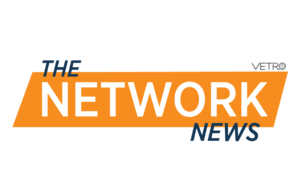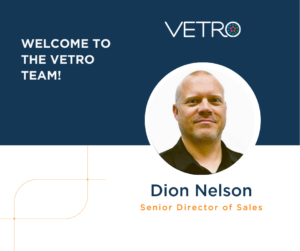This blog entry is part 2 of a 2 part series. Miss part 1? Read it here!

Blog by Will Mitchell, VETRO Cofounder, CEO and lifelong mapping enthusiast
BACKGROUND
The FCC’s Rural Digital Opportunity Fund (RDOF) is an historic moment in the history of broadband infrastructure development in the United States. Back in 2018, the FCC’s Connect America Fund II awarded just under $1.5 billion, funding the connecting of 713,176 service locations (businesses and homes) throughout eligible blocks. RDOF is expected to reach many millions of eligible locations with $16 billion in funding in phase 1 of the auction, and $4 billion in the subsequent phase 2. This represents a 10 year investment which makes the auction that much more significant as a milestone event.
So you’ve submitted your short form and plan to proceed to “auction ready”…now what?!?
GET THE RIGHT MAPPING IN PLAY
One important next step is to make sure the final eligible auction blocks are in your mapping system. Shortly before the short form window opened the FCC released the final auction block groups and blocks after considering challenges and corrections to the preliminary map.
According to our crack Geo team, the change from preliminary to final looks like this:
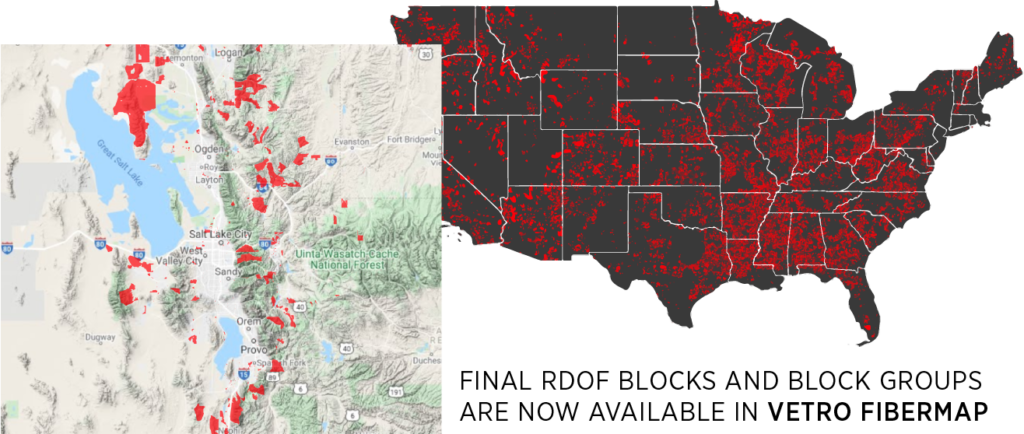
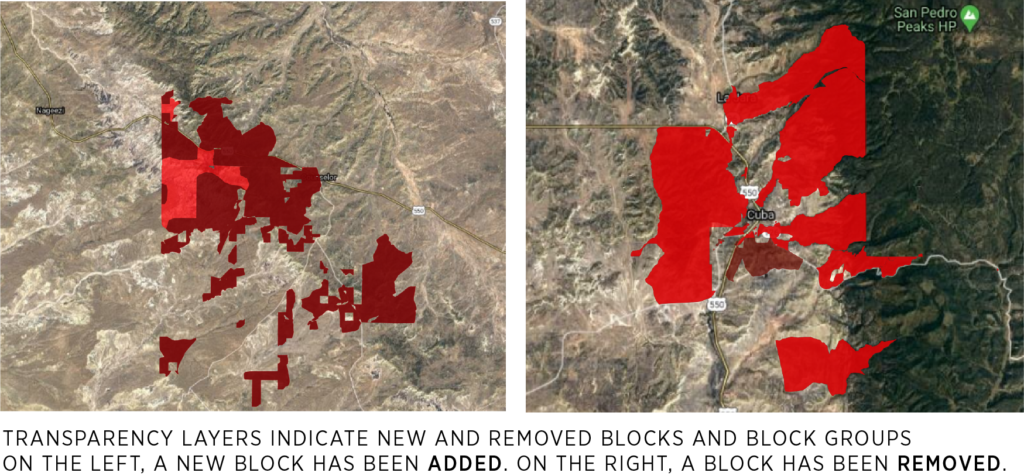
Quick RDOF Eligible Area Stats:
- Eligible Census Block Group Count (3/17/2020) = 64,943
- Eligible Census Block Group Count (6/25/2020) = 61,963
- Delta of (-2,980)
- * 61,951 CBGs exactly match between dates, 12 new CBGs
- Eligible Census Blocks Count (3/17/2020) = 857,951
- Eligible Census Blocks Count (6/25/2020) = 796,266
- Delta of (-61,685)
- * 795,287 CBs exactly match between dates, 979 new CBs
Now that it is time to move your design and plan forward, VETRO has the tools and data to help. We’ve pre-populated VETRO FiberMap with the final auction block group and block layers, and the tools to do network designs in context.
The auction geographies are just one piece of the puzzle. As discussed in part one of this series, when it comes to designing and modeling costs for network deployments, there is no substitute for accurate location counts and a map of exactly where those locations are. The auction process leaves it to the bidder to go beyond gross totals assumed to be in a block group and literally ”get to the point”. These points can be compiled via several methods from different sources, from property records to address lists to e911 location mapping.
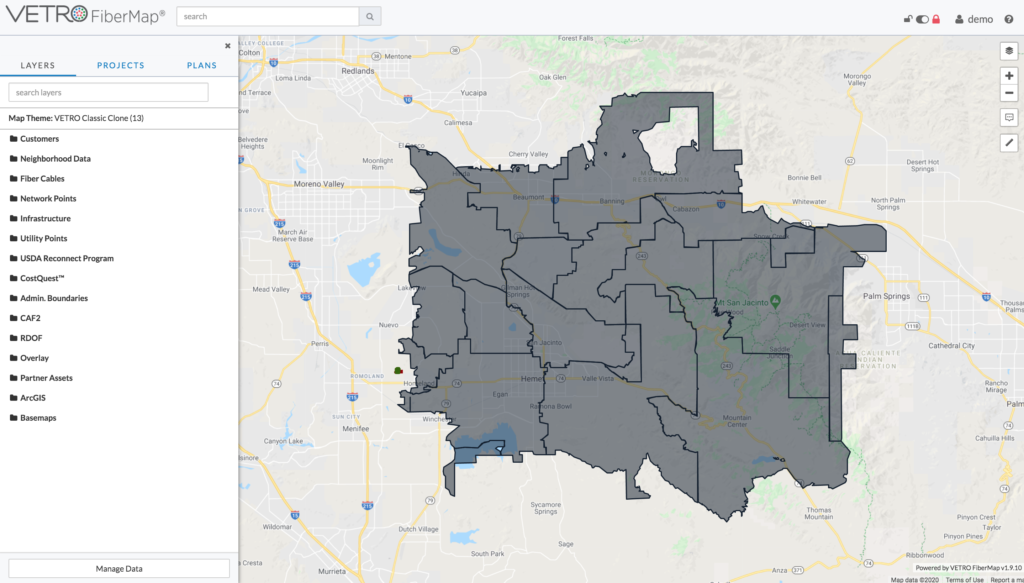
VETRO partner CostQuest Associations has taken on the big challenge of blending sources to generate a unique dataset called the Broadband Serviceable Location Fabric (BSLF), or ‘The Fabric’ for short. Many VETRO users are finding the Fabric to be both accurate and convenient as a commercial source for design target locations for network builds.
Visit CostQuest’s robust RDOF planning resource center for more information on how to use the BSLF in your bidding process.
DESIGN AND COSTING
Digging into design comes next. VETRO users perform a mix of manual and automated design activities to digitize new network layouts.
If the build area is set and the location Fabric is attractive, the VETRO-CostQuest modeling offering can be a tremendous time saver to derive FTTH designs. A high level design with mapped and sized network elements can be crafted in hours as opposed to weeks. And both a bill of materials and a business case model can be delivered alongside the network design inside VETRO.

The art of these designs is blending existing network assets with proposed new, and reaching the required RDOF funded locations efficiently while maximizing the deployment to get there. For this, a manual design effort tends to be required whether starting from an automated design or starting from scratch.
For example when getting your network out TO the target blocks, VETRO can reveal the opportunity ‘along the way’ using high quality residential and business location data in concert with the engineering mapping. And by starting with a full blanket FTTH design that includes the auction blocks but also the surrounding market area, you can peel back the design and focus on required build while having planned proper capacity and facilities for future total builds.
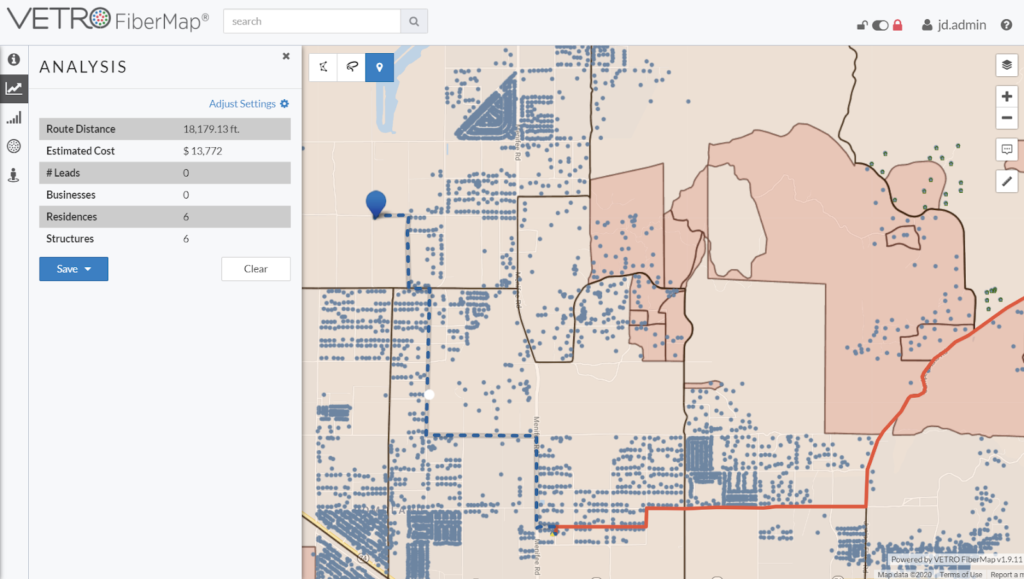
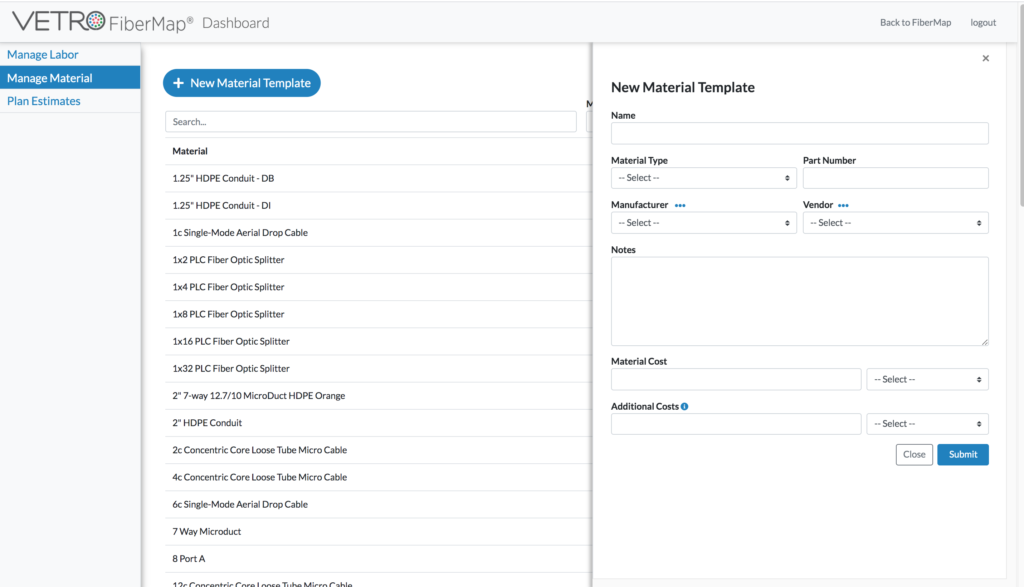
Next up, with the Plan Estimation Tool (PET), VETRO delivers the ability to assign materials and labor costs to the design. PET carries the digitized design forward into a design-level cost that can be relied on. Then when you are ready, you can turn your estimate directly into a Bill of Materials.
Visibility and efficiency are your most powerful assets in planning a winning RDOF bid. Get ahead of the curve with VETRO’s suite of purpose-built features for planning, costing and design.
Note: VETRO, Inc., its employees and its representatives do not offer consulting, planning, or design services. VETRO, Inc. is an enterprise engaged in selling a software product intended for use in fiber network planning. While VETRO may communicate with an organization during the long form bid period, those communications are restricted to the use of the software product and related data only.
CONSTRUCTION, DEMAND AGGREGATION, AND OPERATIONS
Fast forward some months and consider having won your RDOF bid! Well done you!
Moving into construction amidst a nationwide surge in deployments will require some strategic advantages. Construction management tools for digitizing the build process offer efficiency, transparency and accountability across parties – the same concepts VETRO strives to deliver in design and operations pre and post construction. As us about our integration with best of breed solutions.
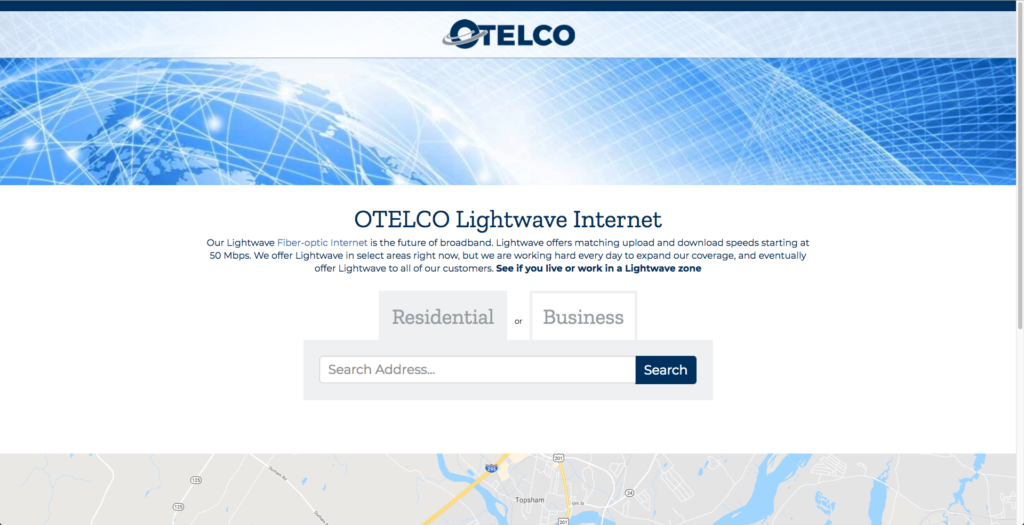
Demand aggregation helps capture subscribers and lead to payoff on network build investments. VETRO takes a unique approach to this with the Z-Manager toolkit providing customer facing address check websites tied directly to engineering maps for real time availability information, and integrated with various CRMs for sales and OSS tools for provisioning.
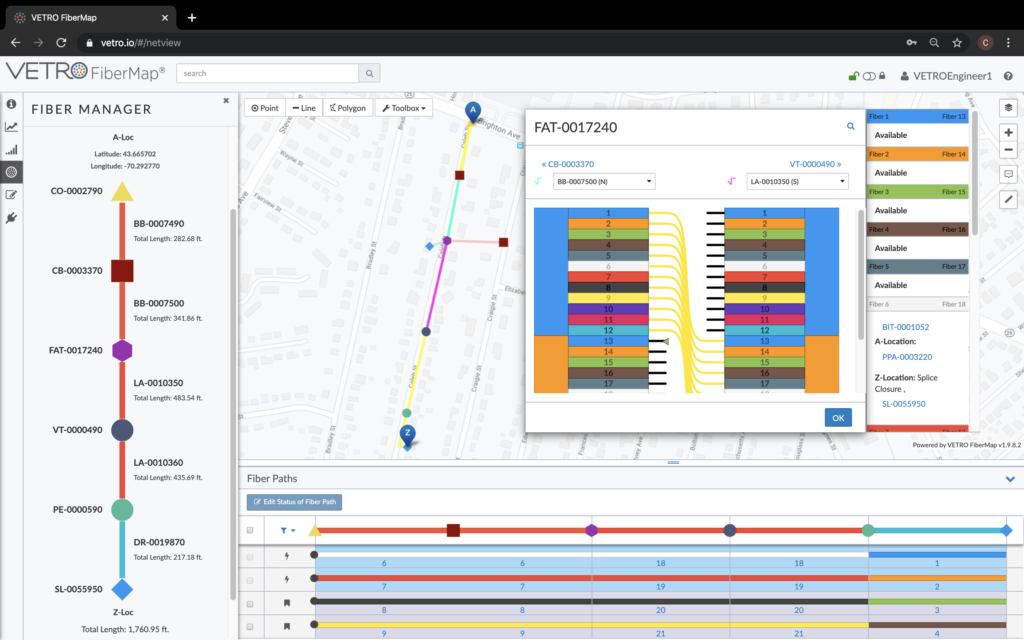
And last but CERTAINLY not least, all fiber network owners require a strong fiber management system to serve as the container of ‘as-builts’, network documentation, asset management and inventory. VETRO’s core strength is in connectivity management in the form of a simplified GIS. From concept to design to a built and live network, laying out fiber strand level details and dispositions to capture the network is fundamentally critical to an effective operational posture. VETRO operationalizes your network map like never before.
